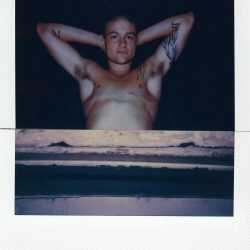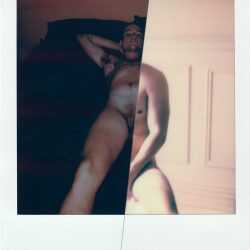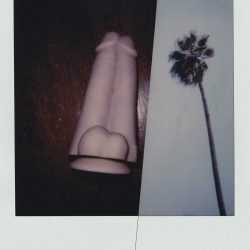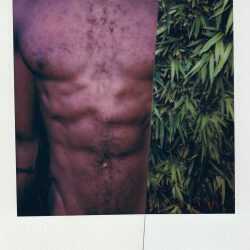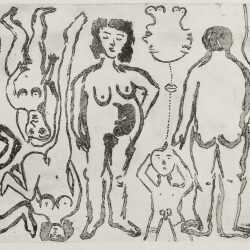Filter by Type
Filter by Category
Filter by Size
Filter by Year
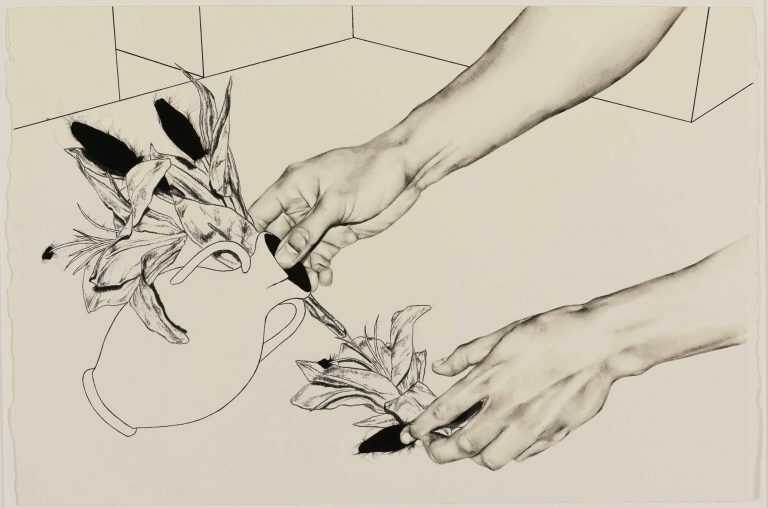
Closet to Quarantine: Queer Art Then and Now
Press Release:
Closet to Quarantine: Queer Art Then and Now connects past and present artistic expressions of queer experience. The exhibition spans the arc of queer history, from taboo, to revolutionary, to accepted and celebrated, featuring works by contemporary LGBTQ+ artists alongside their historical antecedents.
Childs Gallery, established in 1937, and the longest continually operating fine art gallery on Newbury Street, has been wholly or partially gay-owned since 1969. The gallery has long offered works by LGBTQ+ artists, including Richmond Barthé, Paul Cadmus, and Ben Norris, to name just a few. Alongside its other offerings, Childs Gallery has actively cultivated a focus on queer-interest art within its collection.
Closet to Quarantine: Queer Art Then and Now is inspired by the quarantine-era Instagram account of the gallery’s current owner, Richard Baiano (@artdealerboston). During the Covid-19 quarantine, Baiano posted historical and contemporary art by LGBTQ+ artists under the hashtag #queerartthenandnow as a way to develop a digital community, while also highlighting queer artists throughout history. Discovering artists digitally, through social media, has been an exciting deviation from the gallery’s usual approach. With its low barriers to entry, social media allows artists and audiences to connect more easily, giving access to those who may not otherwise have it, particularly historically marginalized groups like the LGBTQ+ community.
The current exhibition is an extension of this project, bringing together examples of historical queer art with work by contemporary LGBTQ+ artists, many of whom were discovered via social media and the #queerartthenandnow hashtag. The title Closet to Quarantine refers generally to the arc of queer history, but also to the shared themes of isolation and visibility across this history. The forced confinement of the Covid-19 quarantine has been particularly difficult for some members of the LGBTQ+ community, a group which has long fought for visibility and acceptance. In many ways, the physical and social isolation of this period echoes the isolation of historical queer experience (albeit without the same stigma). Throughout the pandemic, social media has served as an important antidote to this isolation, acting as a vital outlet for connection and creative expression.
Many of the themes expressed by the contemporary artists in this exhibition mirror those found in historical queer art. Queer themes in art can be broadly understood as a progression from taboo, to revolutionary, to acceptance and celebration. For the greater part of the 20th century, homosexuality was still considered taboo. As a result, queer art has been shaped by both the need to conceal references to queer identity, and the desire for increased visibility and acceptance.
This tension between concealment and visibility has long been present in queer art, often by necessity. Photographer George Platt Lynes, famous for his commercial work in fashion magazines, secretly produced a substantial body of nude and homoerotic photography throughout his life. Lynes considered his photographs of male nudes to be his finest work, yet this private body of work was never shown during his lifetime as it was considered taboo at the time. In contrast, contemporary artist Felipe Chavez uses his art practice to explore his own sexuality in a very public way. In his conceptual self-portraits, Chavez uses his own body to explore the male form and its relationship with sexuality and space as a gay man.
One of the most influential queer artists of the 20th century is Paul Cadmus, whose Renaissance-influenced paintings are considered a foundation of queer modernism. Cadmus was one of the first artists to wield an explicit male-on-male gaze in contemporary art and many of his paintings contain coded references to homosexuality and queer experience. In this exhibition, the artist’s highly finished drawing Male Nude NM32, 1967 depicts his longtime partner and muse Jon Anderson with sensual detail. Contemporary artists John MacConnell and Anthony Moore continue to work in this same tradition, depicting their male subjects as suggestively erotic objects of desire. Yet without any overt references to sexuality, it is left to the viewer to make the connection.
In the wake of the 1969 Stonewall Riots, the gay liberation movement began to promote increased visibility, encouraging people to “come out” as LGBTQ+, rather than assimilate to societal norms. Many artists likewise became emboldened to make and exhibit art about their sexual identity. These revolutionary works often depict graphic sexual content as an expression of pride - they represent a complete rejection of the taboo of queerness. Examples include the hyper-sexualized homoerotic illustrations of Tom of Finland and Mike Kuchar. Following in this unabashedly homoerotic tradition are contemporary artists Eric Lotzer and Emily Lombardo. Lotzer makes a very conscious attempt to redefine and reclaim the vulgar, exploring the uncomfortable yet attractive aspects of our primal sexual behavior. Lombardo’s work explores queer sex and relationships, often through reinterpretations of historic material, including Goya’s Los Caprichos and Marcantontio Raimondi’s I Modi series. She contributes At Sea to this exhibition – an intimate print depicting two women draped upon each other in a drifting boat.
With greater visibility and acceptance, many contemporary LGBTQ+ artists embrace and celebrate queer identity and sexuality in their work. Andrew Sedgwick Guth’s brightly colored embroidered paintings depict male-identifying figures in settings of intimacy. His goal with these works is to “depict the subjects in ‘pretty’ and ‘soft’ environments. Safe spaces for them to exist and to be beautiful in their own right.” In this same vein, Stuart Sandford, a co-curator of the #queerartthenandnow hashtag, celebrates the powerful and enduring classical ideal of male beauty in his multidisciplinary practice. He explains, “I always wanted to celebrate my sexuality and put the male nude body front and centre in my work. I grew up with negative depictions of LGBTQ life within popular media and thought it was important to depict the opposite - so portraying male intimacy became a natural focus.”
Childs Gallery is a generalist gallery with selected specialties - this exhibition is an ongoing endeavor to create an additional specialty of queer art within the gallery. The list of artists included here barely scratches the surface of the diverse and talented creators in the LGBTQ+ community. As we continue to connect, collaborate, and learn from each other, we intend to expand #queerartthenandnow into new spaces, as there is still so much to learn and so much work to be done. We also acknowledge that there are all sorts of queerness, and that this show comes primarily from the perspective of a cisgender gay man and thus does not presume to represent everyone within the LGBTQ+ community. However, we do see this as a step towards facilitating a community of queer artists and audiences under the historic Childs Gallery umbrella.
A reception for Closet to Quarantine: Queer Art Then and Now will take place on Saturday, September 18th, 4pm - 7pm.
Artists in the exhibition include:
Hannah Barrett
Richmond Barthé
Robert Bliss
Paul Cadmus
Rick Castro
Felipe Chavez
Opal DeRuvo
Rubén Esparza
Jared French
Andrew Sedgwick Guth
Don Joint
Mike Kuchar
Emily Lombardo
Eric Lotzer
George Platt Lynes
John MacConnell
Anthony Moore
Ben Norris
Stuart Sandford
Margaret Rose Vendryes
Andy Warhol
Sara Zielinski


![Photograph By George Platt Lynes: [bernard Perlin] At Childs Gallery](https://childsgallery.com/wp-content/uploads/george_platt_lynes_bernard_perlin_21-23-07_childs_gallery-250x250.jpg)
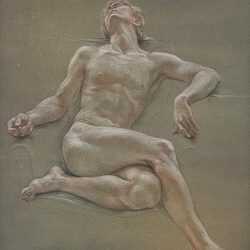
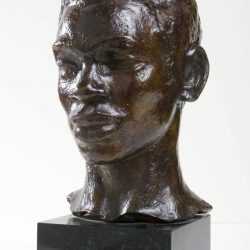
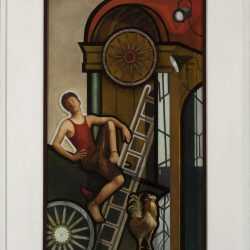
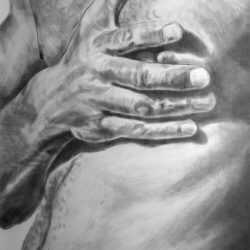
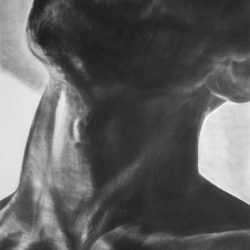
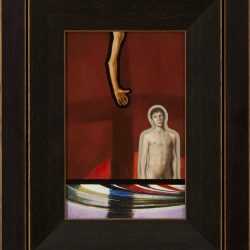
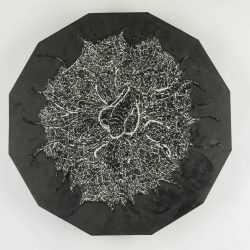
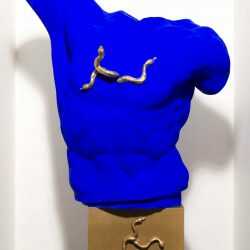
![Photograph By George Platt Lynes: [chuck Howard In Profile] At Childs Gallery](https://childsgallery.com/wp-content/uploads/george_platt_lynes_chuck_howard_in_profile_21-23-02_childs_gallery-250x250.jpg)
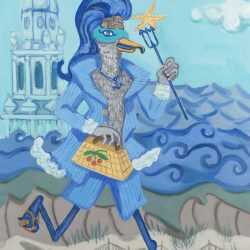
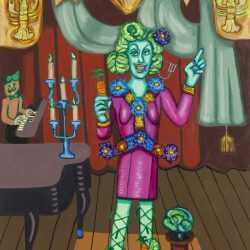
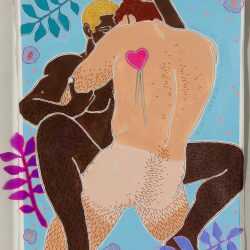
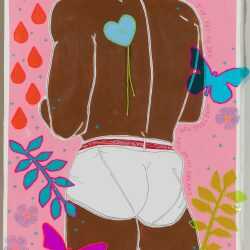
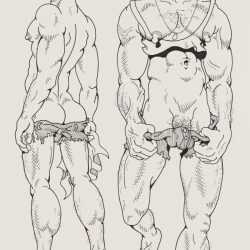
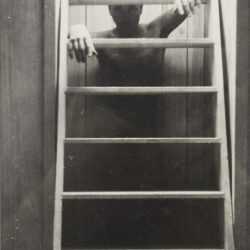
![Watercolor By Ben Norris: Boys On Rocks #2 [hawaii] At Childs Gallery](https://childsgallery.com/wp-content/uploads/ben_norris_boys_on_rocks_2_hawaii_98-19-b0127ps92-42-270-13_childs_gallery-250x250.jpg)
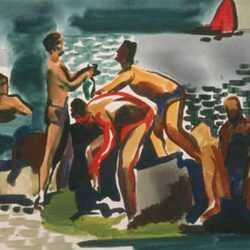
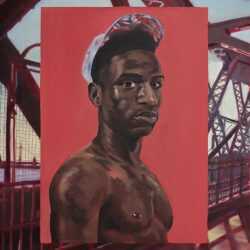
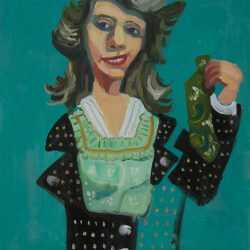
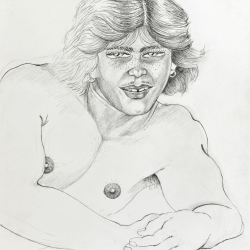

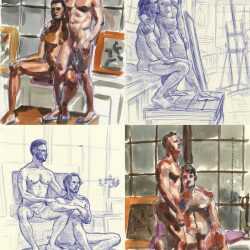
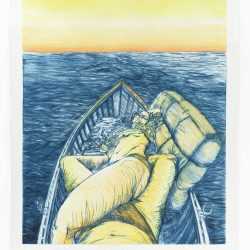
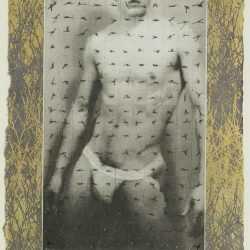
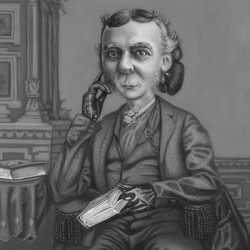
![Photograph By [mel Fillini, Study For "the Sea" Iv]: [mel Fillini, Study For "the Sea" Iv] At Childs Gallery](https://childsgallery.com/wp-content/uploads/mel_fillini_study_for_the_sea_iv_mel_fillini_study_for_the_sea_iv_bb6596-04_childs_gallery-250x250.jpg)
